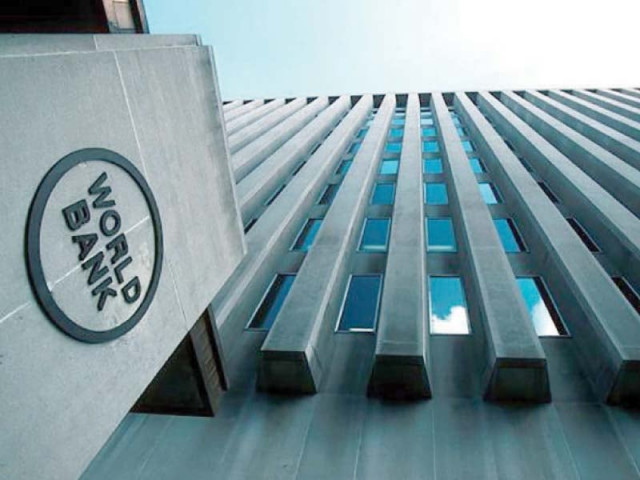Business
Demand for hybrid, small cars boosts Auto sales – SUCH TV

Pakistan’s automobile sector rebounded strongly in August 2025, with total car sales reaching 14,050 units, reflecting a 27-28% month-on-month (MoM) increase and a 61-62% year-on-year (YoY) jump, according to data released by the Pakistan Automotive Manufacturers Association (PAMA).
This brought cumulative sales for the first two months of FY26 to 25,093 units, up 45% YoY compared to 17,288 units in the same period last year.
The rebound followed a steep drop in July sales, which had fallen to a seven-month low of 11,000 units due to a surge in pre-buying in June ahead of vehicle tax hikes.
Analysts noted that August’s recovery was supported by the low base effect, lower interest rates, easing inflation, and the launch of new models such as the Haval PHEV and Honda HR-V Hybrid.
“Despite floods, the MoM increase in sales during Aug’25 is primarily due to the low base effect, as sales in Jul’25 had declined sharply following a surge in pre-buying ahead of the vehicle tax hike in Jun’25,” noted AHL Auto Analyst Menka Kirpalani.
Growth was most pronounced in the small car category, where sales of vehicles below 1000cc surged 79% MoM to 4,569 units, led by the Suzuki Alto.
The 1000cc segment doubled to 519 units, while cars above 1300cc rose 15% MoM to 4,928 units.
“Notably, growth was led by an 80% surge in sales volume of models with horsepower of up to 1000cc,” mentioned KTrade.
Company-wise, Pak Suzuki Motor Company (PSMC) posted the sharpest recovery, with sales climbing 96% MoM and 107% YoY to 7,154 units, as Swift, Cultus, Alto, Ravi, and Every all posted double-digit growth.
Suzuki Swift volumes alone jumped 182% MoM, while Cultus rose 108% and Alto 80%.
In contrast, Wagon R sales dipped 12% MoM. Indus Motor Company (INDU), the local assembler of Toyota, recorded a more modest 2% MoM increase to 3,400 units, though sales were still 60% higher YoY. Corolla, Yaris, and Corolla Cross sales rose 6% MoM, while Fortuner and Hilux fell 8%.
Honda Atlas Cars (HCAR) reported a 28% MoM decline to 1,073 units, reflecting a 39% drop in Civic and City sales, although its BR-V and HR-V lines received a boost from the introduction of hybrid models.
Hyundai Nishat sold 1,212 units, up 83% YoY but slightly down on a MoM basis, while Sazgar Engineering (SAZEW) sold 1,049 units, down 3% MoM but up 110% YoY, benefiting from its diversified line-up including Haval SUVs and BAIC models.
Beyond passenger cars, the broader auto market also saw gains.
Two-wheeler sales rose 19% MoM and 42% YoY to 148,063 units in August, led by Atlas Honda (ATLH), which sold 126,529 units, up 21% MoM. Three-wheeler volumes climbed 33% MoM to 2,067 units, with SAZEW reporting a 46% rise in sales.
By contrast, tractor sales weakened, falling 17% MoM to 996 units, as Millat Tractors posted a 22% decline and AGTL slipped 2%, with analysts pointing to rural stress and flood-related disruptions as key drags.
In the commercial segment, truck and bus sales grew 23% MoM and 47% YoY to 770 units, reflecting stronger demand in logistics and transport.
Production also outpaced sales, with PAMA data showing car output more than doubling to 22,446 units in JulyAugust FY26, compared to 11,171 units last year.
Suzuki Alto led the surge with production up 220% YoY to 11,046 units. However, analysts caution that production growth may not be sustainable, as high vehicle prices, costly auto financing, and currency volatility continue to suppress demand.
Business
Honda Motor to make India global mfg hub for new EV – The Times of India

TOKYO: Japanese carmaker Honda Motor will make India a global manufacturing hub for its upcoming electric, Honda 0 α (alpha), whose prototype was unveiled at the Japan Mobility Show.The car has been developed for the Indian and Japanese markets, apart from other Asian countries. Its India debut will be in fiscal 2026-27. Honda Motor Co president and global CEO Toshihiro Mibe said the launch will further the company’s goal to achieve carbon neutrality and zero traffic collision fatalities worldwide by 2050.Honda 0 α (alpha) will be manufactured at Honda’s plant in Alwar, Rajasthan. Honda also launched other electric prototypes, including a green saloon. Honda India MD and CEO Takashi Nakajima said India is one of the top three markets for the company globally in terms of corporate focus and investments. Speaking on the eve of Honda’s new car launch at the Japan Mobility Show, Nakajima said, “Our top management has decided to focus on India among the three key markets for Honda’s future growth alongside the US and Japan.” Nakajima acknowledged that while Honda’s business scale in India is still low compared to the US or Japan, its future ambitions are substantial.He admitted that expanding the product line-up in India will take several years, but hinted at imminent progress. “India is one of the most promising and exciting markets in the world today. Our two-wheeler business is already very big, and now we aim to pursue strong growth in our four-wheel business by building both brand and volumes.” On ethanol blending, Nakajima said that while the higher ratio of ethanol posed challenges, Honda’s engineers were up to it. (The writer is in Tokyo at the invitation of Honda Motor Co.)
Business
Tech giants are spending big on AI in a bid to dominate the boom
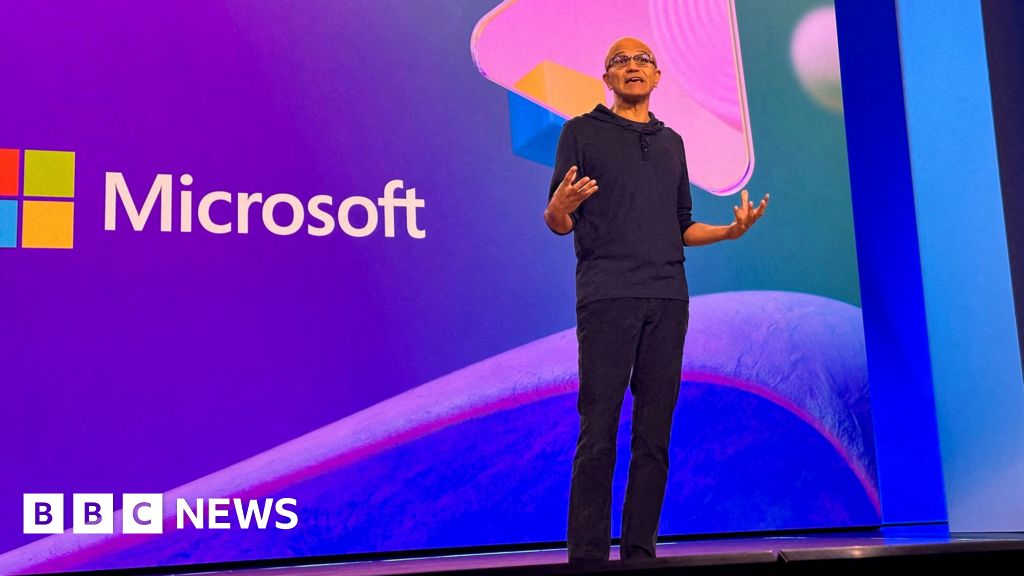
The titans of the technology sector are ramping up their spending on artificial intelligence, as they rush to reap the benefits of an AI boom that has pushed stocks to record highs.
Earnings reports from Meta, Alphabet and Microsoft on Wednesday reaffirmed the colossal amounts of money these firms are shelling out for everything from data centres to chips, even as questions swirl about returns on the investments.
Meta said its capital expenditures for 2025 will be between $70bn (£53bn) to $72bn, up from an earlier estimate of $66bn to $72bn.
Its spending growth in 2026 is poised to be “notably larger” than this year, the company said. Meta is seeking to compete with companies like OpenAI.
On a call with analysts, Meta boss Mark Zuckerberg defended the firm’s investments, saying he saw big opportunities ahead driven by AI, both in terms of new products and for honing its current business selling ads and feeding people content.
“The right thing to do is accelerate this,” he said, adding later: “We are sort of perennially operating the family of apps and ads business in a compute-starved state at this point.”
Google and YouTube owner Alphabet similarly raised its forecast for this year to $91bn to $93bn, up from an earlier outlook of $85bn in the summer, in the latest sign of its increasingly lofty spending goals,
That estimate is nearly double the capital expenditures that the company reported for 2024.
Microsoft’s capital expenditures in the quarter through to 30 September, including on data centres, totalled $34.9bn, the company reported on Wednesday – a larger spending figure than analysts had expected, and up from $24 billion in the previous quarter.
“We continue to increase our investments in AI across both capital and talent to meet the massive opportunity ahead,” Satya Nadella, Microsoft’s chief executive, said.
Azure, the firm’s cloud computing unit, and Microsoft’s other AI products have a “real-world impact”, Mr Nadella said.
Exuberance among investors about massive AI spending has helped all three tech firms outperform the broader S&P 500 index.
But Wall Street is also focused on whether these firms’ investments are starting to yield tangible returns.
The two things holding up the US economy in the last several months have been consumers and AI-related business investments, said Aditya Bhave, senior US economist at Bank of America.
“To the extent that the latter remains strong, it’s a bullish signal for GDP growth,” he said.
Business
Microsoft Azure outage: Websites come back online
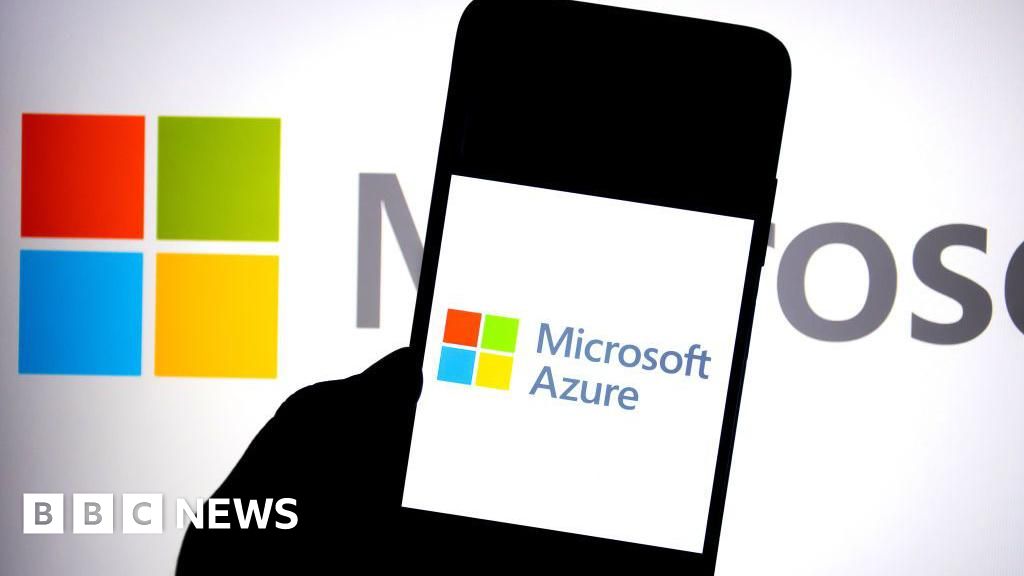
Imran Rahman-Jones,Technology reporter and
Lily Jamali,North America Technology correspondent
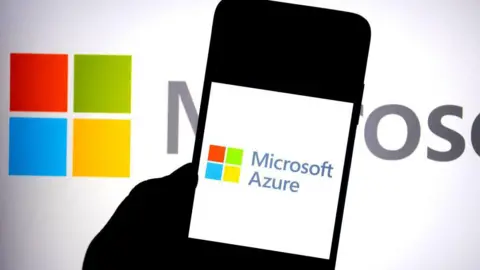 Getty Images
Getty ImagesWebsites for Heathrow, NatWest and Minecraft returned to service late on Wednesday after experiencing problems amid a global Microsoft outage.
Outage tracker Downdetector showed thousands of reports of issues with a number of websites around the world over several hours.
Microsoft said some users of Microsoft 365 saw delays with Outlook among other services, but by 21:00GMT, many websites that went down were once again accessible after the company restored a prior update.
The company’s Azure cloud computing platform, which underpins large parts of the internet, had reported a “degradation of some services” at 16:00 GMT.
It said this was due to “DNS issues” – the same root cause of the huge Amazon Web Services (AWS) outage last week.
Amazon said AWS was operating normally.
Other sites that were impacted in the UK include supermarket Asda and mobile phone operator O2 – while in the US, people reported issues accessing the websites of coffee chain Starbucks and retailer Kroger.
The M&S website remained unavailable late on Wednesday even after many others returned online.
Microsoft said business Microsoft 365 customers experienced problems.
Some web pages on Microsoft also directed users to an error notifications that read “Uh oh! Something went wrong with the previous request.”
The tech giant resorted to posting updates to a thread on X after some users reported they could not access the service status page.
While NatWest’s website was temporarily impacted, the bank’s mobile banking, web chat, and telephone customer services remained available during the outage.
Meanwhile, business at the Scottish Parliament was suspended because of technical issues with the parliament’s online voting system.
The outage prompted a postponement of debate over land reform legislation that could allow Scotland to intervene in private sales and require large estates to be broken up.
A senior Scottish Parliament source told BBC News they believed the problems were related to the Microsoft outage.
Azure’s crucial role online
Exactly how much of the internet was impacted is unclear, but estimates typically put Microsoft Azure at around 20% of the global cloud market.
The firm said it believed the outage was a result of “an inadvertent configuration change”.
In other words, a behind-the-scenes system was changed, with unintended consequences.
The concentration of cloud services into Microsoft, Amazon and Google means an outage like this “can cripple hundreds, if not thousands of applications and systems,” said Dr Saqib Kakvi, from Royal Holloway University.
“Due to cost of hosting web content, economic forces lead to consolidation of resources into a few very large players, but it is effectively putting all our eggs in one of three baskets.”
Recent outages have laid bare the fragility of the modern-day internet, according to engineering professor Gregory Falco of Cornell University.
“When we think of Azure or AWS, we think of a monolithic piece of technology infrastructure but the reality is that it’s thousands if not tens of thousands of little pieces of a puzzle that are all interwoven together,” said Mr Falco.
He noted that some of those pieces are managed by the companies themselves while others are overseen by third parties such as CrowdStrike, which last year deployed a software update that affected more than eight million computers run on Microsoft systems.

-

 Fashion1 week ago
Fashion1 week agoChinese woman charged over gold theft at Paris Natural History Museum
-

 Entertainment1 week ago
Entertainment1 week agoJohn Grisham unveils his first-ever mystery, “The Widow”
-

 Tech1 week ago
Tech1 week agoThis Smart Warming Mug Is Marked Down by $60
-

 Fashion1 week ago
Fashion1 week agoThe North Face and Cecilie Bahnsen launch second collaboration
-

 Tech1 week ago
Tech1 week agoEaster Island’s Moai Statues May Have Walked to Where They Now Stand
-
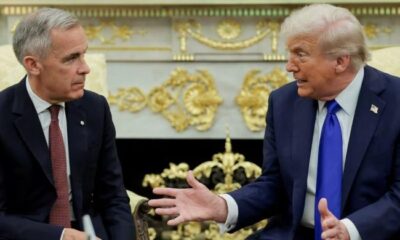
 Politics5 days ago
Politics5 days agoTrump slams ‘dirty’ Canada despite withdrawal of Reagan ad
-

 Sports1 week ago
Sports1 week agoThe most dominant UFC heavyweight ever hasn’t even fought for the title yet
-

 Entertainment1 week ago
Entertainment1 week agoPrince Harry hit with an accusation: ‘Don’t blame us!’




